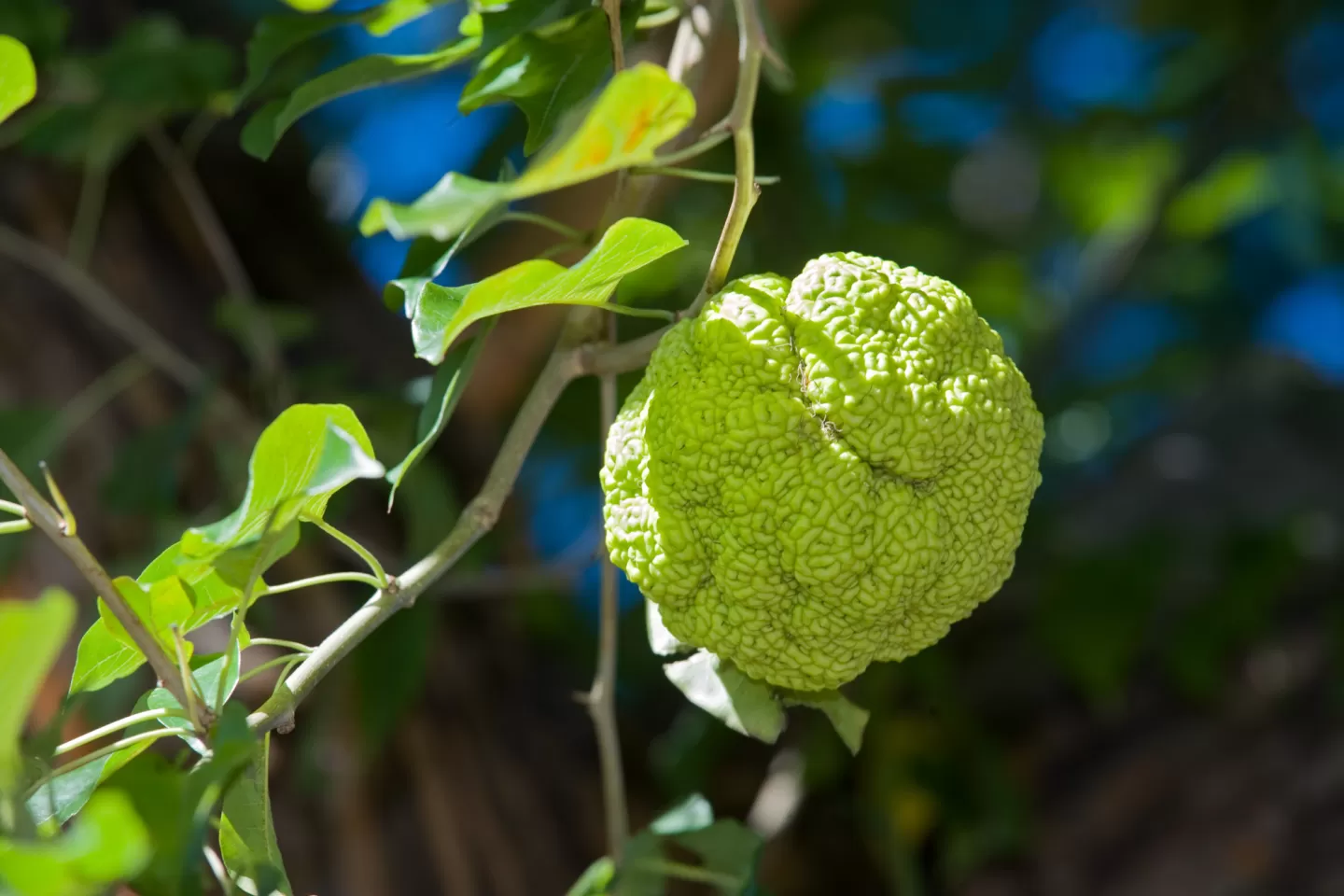With its gnarly, flaky light bark, thorny zig-zag branches and grapefruit-sized green pimply fruit, the Osage orange tree appears on the U.S. Capitol Grounds largely as a specimen tree with exotic interest. Native to the Plains region of the United States, Osage orange has a long history of use by both Native Americans and early pioneers. Its wood was once in demand for making hubs and wheel rims for horse drawn wagons, bows, mine support timbers, posts, and many other uses where decay resistance was important.
There are two original Osage orange trees still living on the U.S. Capitol campus today.
About the Olmsted Originals
Landscape architect Frederick Law Olmsted's 1874 General Plan for the U.S. Capitol Grounds sought to create a setting to accentuate the monumentality of the Capitol Building. Approximately 45 of Olmsted's trees remain today, having endured more than a century of urban life on the front stage of American democracy.
Each tree has its own unique features and preservation challenges, and the Architect of the Capitol's arborists employ industry best management practices to ensure these trees are given the very best care to remain safely in the landscape for current and future generations to enjoy.
